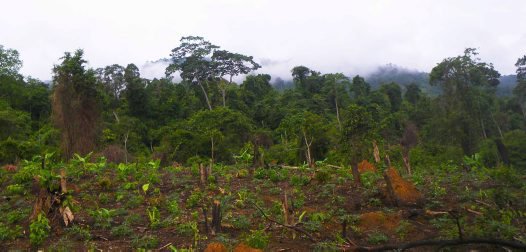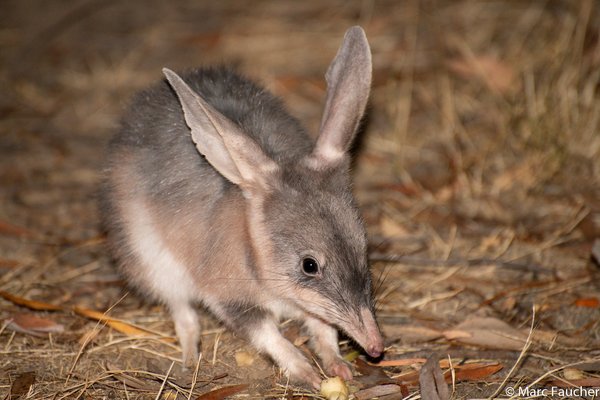Discovering the biodiversity of the Greater Mekong
The rivers, valleys, mountains, and forests surrounding Southeast Asia’s Mekong River are home to an amazing diversity plants and animals, and much of this diversity is only just being revealed. According to figures compiled by WWF, between 2012 and 2013, biologists working in the area discovered an incredible 367 new species. Unfortunately, discovering the biodiversity of the region is a race against time.

© Australian Museum
The Mekong River flows through Cambodia, Laos, Myanmar, Thailand, Vietnam, and parts of southern China. This region, the Greater Mekong, is known for iconic wildlife such as the tiger, Asian elephant, and Irrawaddy dolphin, but many bizarre and beautiful species are still being discovered. Among the 290 plants, 24 fishes, 21 amphibians, 28 reptiles, one bird and three mammals just discovered are a blind huntsman spider, a giant squirrel, a hunch-backed bat, a flying frog (Helen’s Flying Frog) and a small, fat toad from the highest mountain in Indochina (Botsford’s Leaf-litter Toad).
These fantastic discoveries are the result of ongoing research by biologists from around the world striving to document the unique biodiversity of the Greater Mekong. Many of the discoveries were made during recent expeditions into previously biologically unexplored areas. They involved days of hiking through rugged terrain, along rivers and up mountains. The discoveries often involve blood (from leech, mosquito and other invertebrate bites), sweat, and possibly even tears.
Unfortunately, biologists such as my colleagues and I are racing against time to document species in the Greater Mekong before they are lost. Many, or perhaps most, of the newly described species are under serious threat from extinction. Although collection for the wildlife trade, introduced species, hydropower development, disease, pollution and climate change all pose significant threats to the biodiversity of the Greater Mekong, the greatest threat is habitat loss. While some plant and animal species are capable of living in human-modified habitat, many species require relatively undisturbed habitats to survive.
Simply knowing a species exists is a vital first step towards its conservation, and these species discoveries will hopefully enable much-needed conservation actions to be directed towards the species most in need. While rapid social and economic development continues in the region, I just hope these 367 new species have been discovered in time to protect them.
Dr Jodi Rowley
Australian Museum Research Institute
More information:
• Rowley, J.J.L. (2014). An old world newly discovered: revealing the mysterious and imperiled biodiversity of the Greater Mekong. Asian Geographic. 107: 68-71.
• Newly Discovered Animals in Mekong Deemed Highly Vulnerable (2014). Voice of America (audio).
• WWF (2014) Mysterious Mekong Report: New species discoveries 2012-2013 (pdf).










